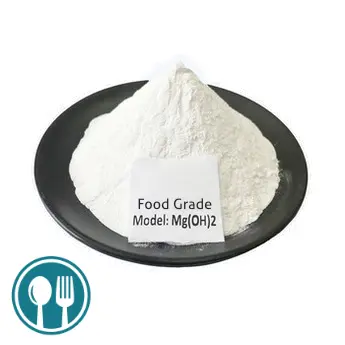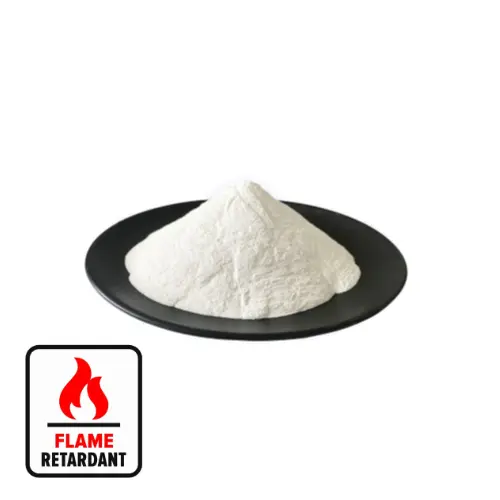Hebei Messi Biology Co., Ltd. stated that the basic principle of magnesium precipitation by ammonia-brine method is to use refined bitter brine as raw material, react with ammonia as precipitant, and generate magnesium hydroxide precipitate. The continuous precipitation of ammonia to produce magnesium hydroxide is a method commonly used in China. The advantages of this method are that the magnesium hydroxide produced by the reaction of ammonia and bitter brine has high crystallinity, fast precipitation, easy filtration and washing, high product purity, and the filtered mother liquor It can also be recycled to obtain ammonium chloride as a by-product. However, the particle size distribution of the product produced by this method is wide and the yield is low. Since ammonia is volatile, if the production device is not well sealed, the operating environment will be poor.

According to different production conditions, you can choose “high-pressure reactor ammonia precipitation method” or “normal pressure ammonia precipitation method”. The ammonia precipitation method of magnesium in high-pressure reactor is simple to add materials and the production process is easy to control. However, the investment in equipment is large, the production process has certain risks, and the particles of magnesium hydroxide are not easy to control. When the process conditions of the normal pressure ammonia precipitation method are not well controlled, the generated magnesium hydroxide may also form flocculent colloids. However, since ammonium hydroxide is a weak base, the pH after the reaction is generally about 10. The pH of the solution has a buffering effect. Unlike the pH of the strong alkali reaction, which is higher than the pH of the ammonia method, the particle size of magnesium hydroxide during the reaction will be reduced. Become easy to control.
Normal pressure ammonia method is used to precipitate magnesium. With the addition of ammonia water, the pH of the system gradually increases, and flocculent colloid precipitation will gradually appear in the solution, and finally a stable colloidal precipitate will be formed. The longer the coagulation time, the slower the sedimentation rate. You can use the method of adding some ethanol to the feed liquid, so that the degree of precipitation formed in this way is small. With the addition of ethanol, the sedimentation effect becomes more obvious. At the same time, in a system containing ethanol, the obtained precipitate is easier to wash and filter than in a water system.
Hebei Messi Biology Co., Ltd. stated that when magnesium hydroxide is precipitated using ammonia or ammonia water, the situation is different from when it is precipitated with milk of lime and sodium hydroxide. In general, the crystallization performance of magnesium hydroxide is much better than that of milk of lime and hydroxide. Regarding sodium, if the conditions such as brine and ammonia flow rates, stirring speed, pH and temperature during precipitation can be better controlled, the sedimentation and filtration speed will be significantly better than the milk of lime and sodium hydroxide methods. The production of magnesium hydroxide using the ammonia method can be carried out in a reactor, which is beneficial to environmental safety. The mother liquor after the reaction can also recover ammonia. The ammonia can be reused, which is beneficial to reducing production costs. The ammonia method is used to prepare magnesium hydroxide flame retardant. , effectively reducing production costs.


